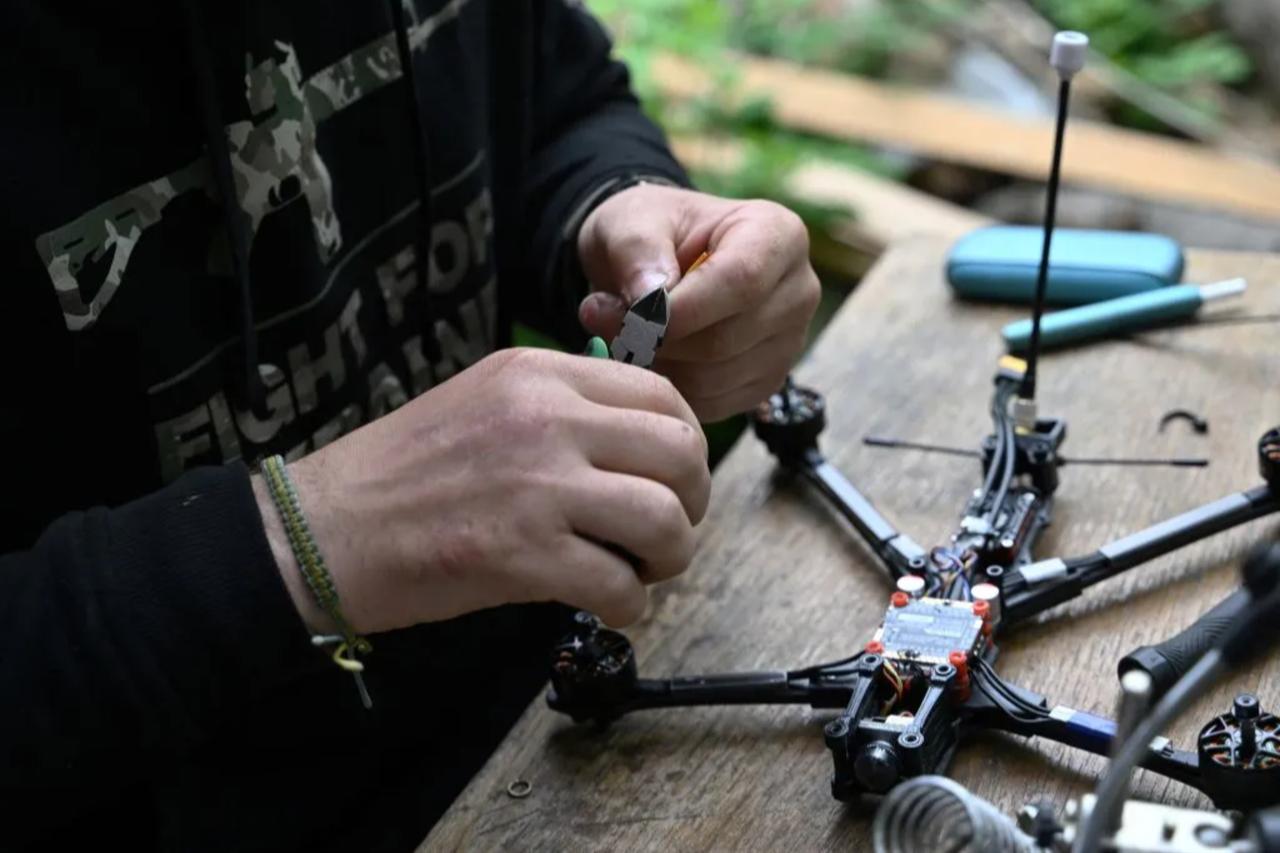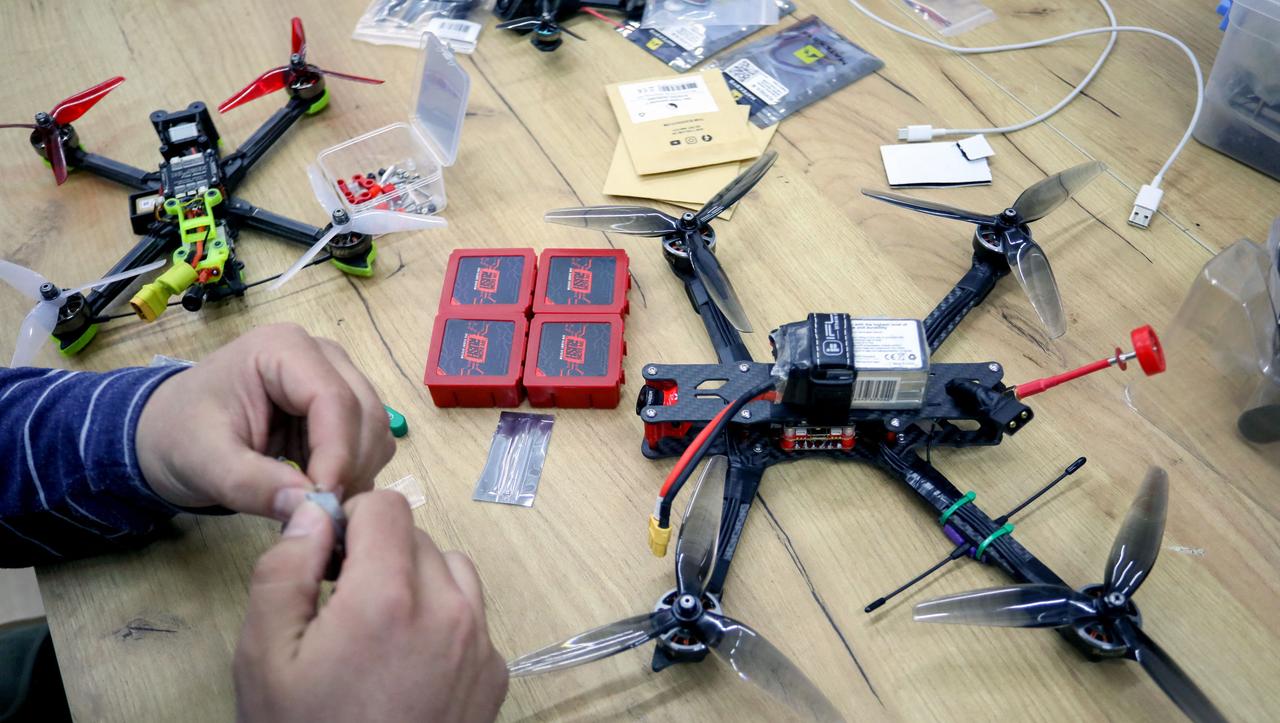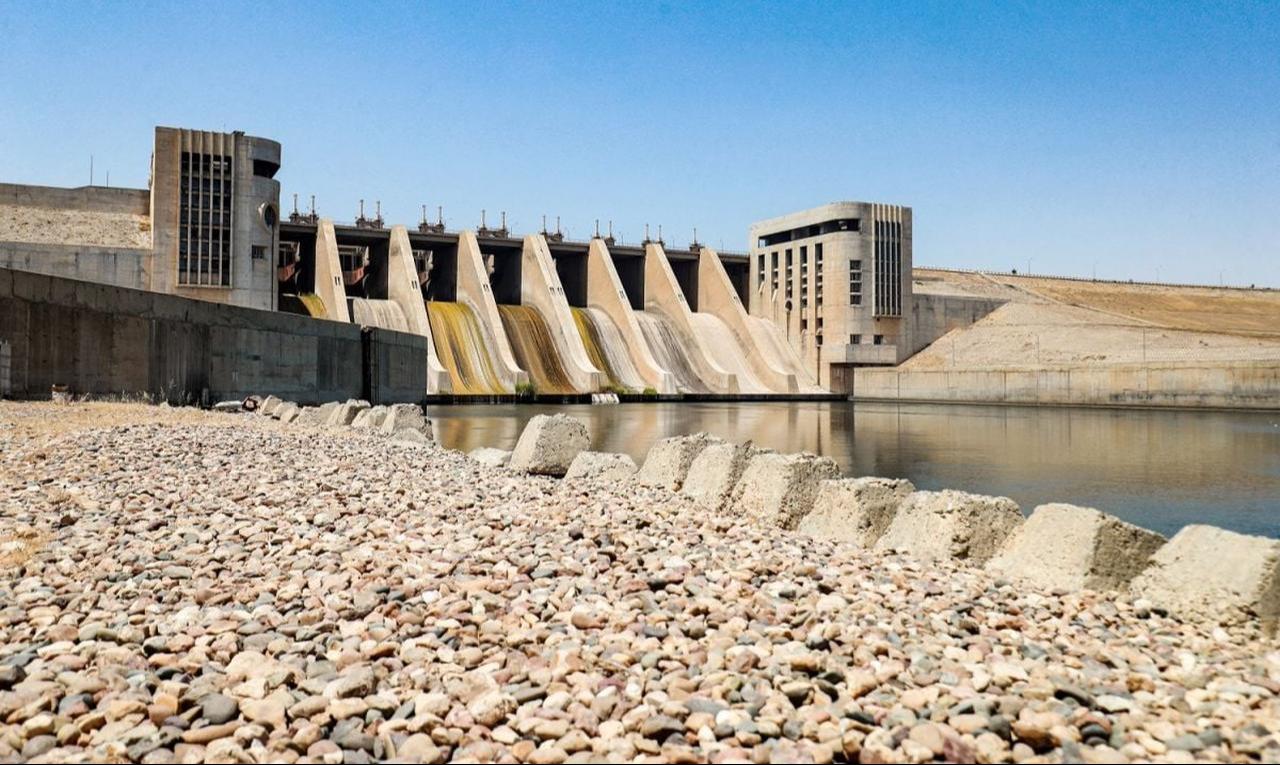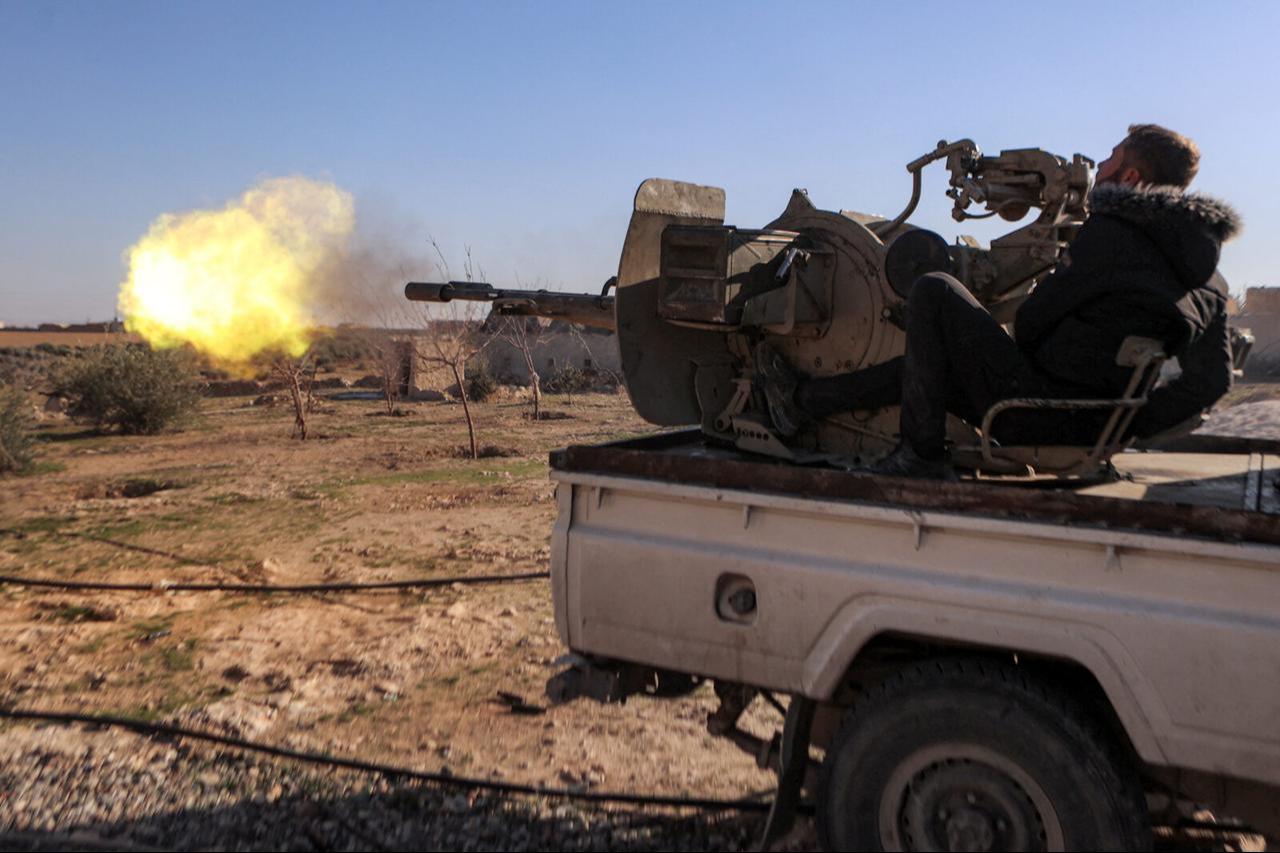
The SDF-led YPG terrorist organization revealed that FPV kamikaze drones used against Türkiye-backed Syrian National Army (SNA) forces during recent clashes at Tishrin Dam were developed and supplied by the United States, according to statements from terrorist organization members who spoke to Reuters on Friday.
The YPG is the Syrian branch of the terrorist PKK.
YPG/PKK member code-named Halil Kahraman and two other commanders disclosed to Reuters that the U.S.-led coalition assisted in developing the FPV-kamikaze unmanned aerial vehicles (UAV) deployed during December and subsequent advances against SNA forces at Tishrin.
The drones were reportedly crucial in halting the advance of Türkiye-backed groups at the strategic dam facility.

According to the Reuters report published Friday, the Euphrates River has emerged as a volatile frontline separating Syria's two largest armed camps following the December overthrow of Bashar al-Assad.
Reuters journalists traveled 1,800 kilometers (1,118.4 miles) across this divide, visiting key strategic centers on both sides and interviewing dozens of military and civilian officials, activists, and displaced people.
The investigation found "a lawless frontier under the control of armed groups with scores to settle, local tensions that confound leaders' hopes for unity, and soldiers prepared to kill each other before they give ground."
At their closest point near Deir ez-Zor, opposing forces are stationed just 200 meters (656.1 feet) apart at either end of a dirt bridge.
Cross-river gunfire has wounded several fighters and civilians in recent weeks, with each side blaming the other for initiating hostilities.
Ahmed al-Hayis, a commander in the new Syrian army overseeing Deir ez-Zor operations, told Reuters he remains stationed on the western bank. At the same time, YPG/PKK-dominated SDF terrorists have taken control of ancestral lands across the river.

The Reuters investigation revealed how the conflict reignited when Türkiye-backed groups launched operations against YPG/PKK positions following Assad's ouster in December. These forces drove the terrorist organization from territories west of the Euphrates, pushing them back approximately 100 kilometers to Tishrin Dam.
Since December, YPG/PKK members have told Reuters that 418 of their members and 57 civilians, plus three journalists, have died in clashes, with most casualties occurring during the initial weeks of fighting.
Abbas, commanding around 2,000 fighters and recently promoted to brigade commander in the Syrian army's new 80th Division, maintains formal control of the northern frontline section.
Despite a tentative truce around the dam, he told Reuters that YPG/PKK forces continue drone surveillance and attack attempts against his troops.
The commander also expressed personal grievance after his second cousin was killed in clashes with the terrorist organization last month. "He was shot through the back," Abbas said.
"We're sending more men and weapons to reinforce," he added.

Analysis of published YPG/PKK footage reveals most FPV visuals featured Russian heads-up displays, suggesting either electronic improvements by American forces to existing systems or separate provision of U.S.-developed drones whose footage remained unpublished.
The December 2024 deployment marked the first operational use of these enhanced FPV-kamikaze systems by YPG/PKK forces, directly targeting both SNA forces and Turkish military positions.
Khalil Qahraman, code-named YPG/PKK member stationed at Tishrin Dam, told Reuters that his forces launched the drone fleet "for the first time in December and proved crucial to halting the Türkiye-backed groups' advance at the dam.
Qahraman said the U.S.-led coalition helped develop them.
The U.S. military did not respond to Reuters' request for comment about arming the YPG/PKK forces or other questions about its activities in the region.
Beyond drone capabilities, YPG/PKK terrorists are constructing extensive tunnel networks around Tishrin Dam and other strategic positions, Reuters observed.
These subterranean pathways, designed for single-fighter passage with equipment, extend at least 30 meters underground with plans for interconnected branches every 100 meters between hills.
The defensive preparations reflect the terrorist organization's determination to maintain territorial control despite pressure from both the Damascus government forces and the Türkiye-backed groups. Workers continue carving new tunnel systems as the sound of picks and shovels echoes throughout the surrounding hills, according to the Reuters report.
Meanwhile, the terrorist organization continues fortifying positions. On Raqqa's outskirts, more tunnels are under construction, with trucks transporting prefab concrete shelters toward the city.